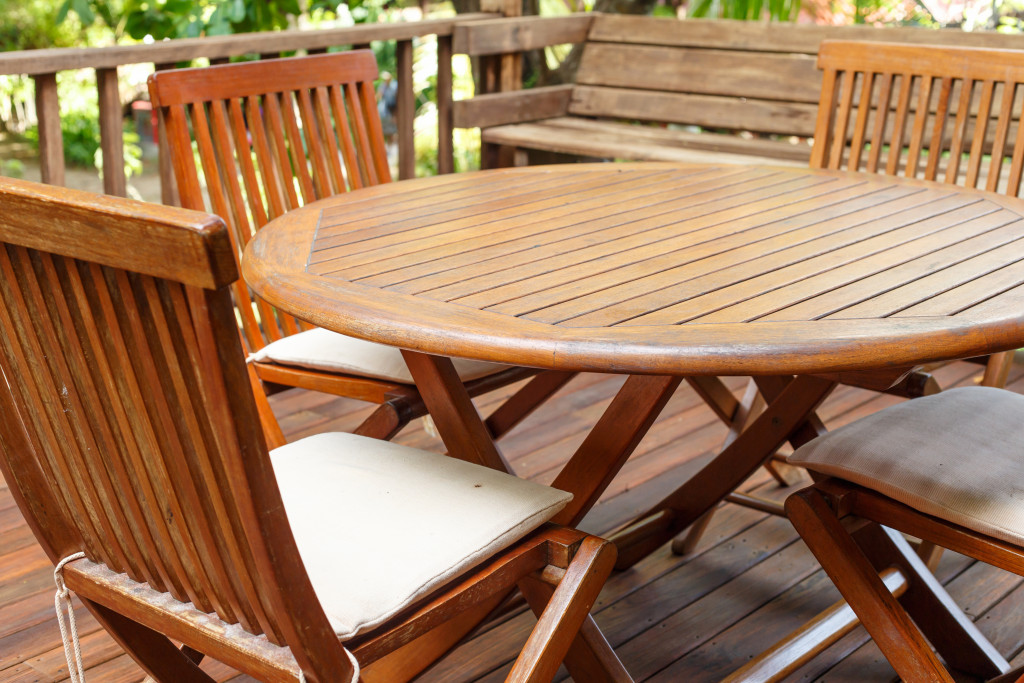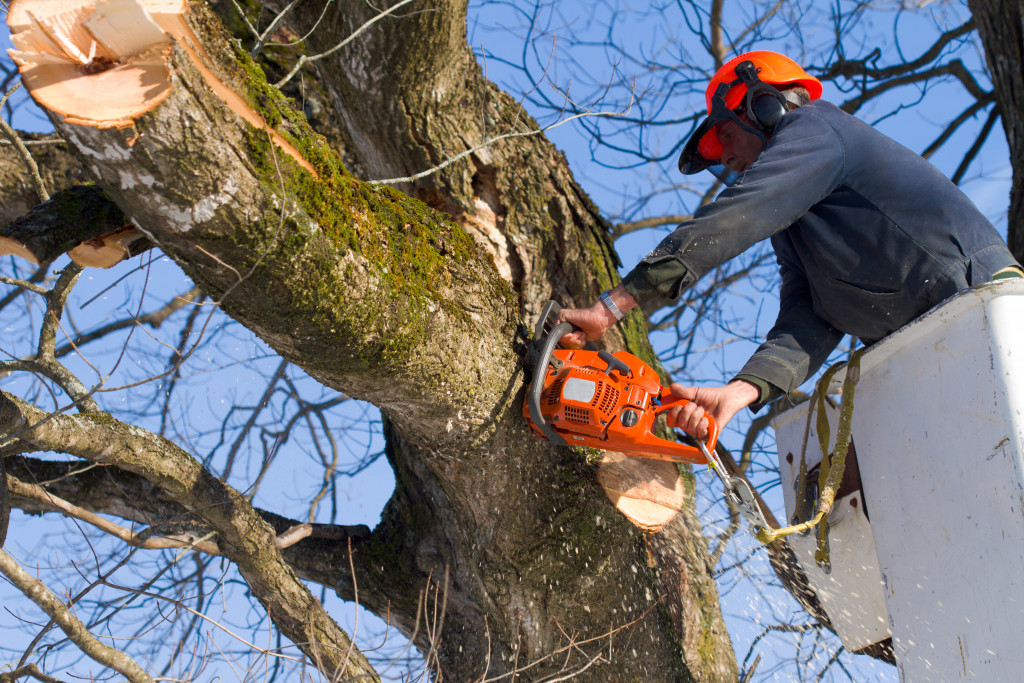- Investing in durable outdoor furniture, such as teak, wrought iron, or Polywood, enhances longevity and functionality.
- Regular maintenance of trees, including watering and trimming, helps preserve their health and the surrounding ecosystem.
- Designing pollinator-friendly gardens with plant diversity and seasonal blooming supports local ecosystems and adds vibrancy.
- Avoiding chemicals and adopting organic practices like composting ensures a safe environment for pollinators and enriches garden soil.
Nature is a beautiful and intricate part of the world. From towering mountains to rolling green hills, gorgeous oceans, and awe-inspiring forests, nature brings peace, joy, and beauty to your daily life. It comes as no surprise that you often desire to get some of that beauty and harmony into your home. A well-kept garden and a thoughtfully curated outdoor space can do just that. Not only can it add to your home’s value, but it can also promote a sustainable way of living by embracing natural elements. This article will discuss ways to care for your home’s garden and outdoors. Whether you have a small balcony, a sprawling garden, or a unique rooftop space, these tips will help you maintain your outdoor space and preserve nature’s beauty.
Invest in Durable Outdoor Furniture
Selecting durable outdoor furniture is important for ensuring your outdoor space remains comfortable and functional for years. It’s essential to choose outdoor furniture that is both aesthetically pleasing and sturdy enough to withstand all types of weather conditions. However, over time, outdoor furniture can become worn out due to harsh weather conditions such as rain, snow, and intense heat. To avoid this, aim for outdoor furniture made of long-lasting materials such as the following:
Teak
Teak is a type of hardwood that is renowned for its exceptional durability and resistance to weather conditions. Often used for outdoor furniture, teak possesses a high oil content, which acts as a natural weatherproofing agent, protecting the wood from decay and insects. Despite the initial investment, its longevity and little need for maintenance make teak a cost-effective choice in the long run.
Wrought Iron
Wrought iron is another excellent choice for outdoor furniture due to its superior durability and classic aesthetic appeal. Known for its strength and resilience, wrought iron furniture can withstand harsh weather conditions and is resistant to rusting when adequately treated. Though it can be heavier than other furniture materials, this weight provides stability against strong winds. With a wide range of styles and designs available, wrought iron furniture can add a timeless elegance to your outdoor space while ensuring lasting functionality.
Polywood
Polywood is a modern, eco-friendly material that’s perfect for outdoor furniture. It’s made from recycled plastics, which makes it a sustainable choice, aligning with the theme of preserving nature’s beauty. Polywood furniture is not only durable and weather-resistant, but it also maintains its color and integrity even after prolonged exposure to the elements.

Take Care of Your Trees
Caring for the trees in your garden or outdoor space is an essential aspect of preserving nature’s beauty. Trees provide shade, attract wildlife, and contribute to the overall aesthetic of your property.
However, they require regular maintenance to ensure their health and longevity. Trimming branches, removing deadwood, and diagnosing tree diseases are tasks that may require the services of an experienced tree surgeon.
Furthermore, a crucial aspect of tree care is regular watering and fertilizing. This not only benefits the trees themselves but also promotes a healthy ecosystem for other plants and animals. It’s important to research the specific needs of the trees in your area to ensure they receive proper care.

Promote Pollinator-Friendly Gardens
Promoting pollinator-friendly gardens is a beautiful way to help sustain local ecosystems while adding vibrant color and life to your outdoor spaces. Designing spaces that attract bees, butterflies, and other pollinators involves the deliberate selection and arrangement of native plants, offering diverse sources of nectar and pollen. Here are some factors to take into account:
Plant Diversity
A diverse mix of plants will attract a wide variety of pollinators to your garden. Aim to plant a variety of flowers with different shapes, sizes, and colors to cater to other species of pollinators. Try to include plants that bloom at different times of the year, ensuring there is always something in your garden providing nectar and pollen.
Seasonal Blooming
Seasonal blooming is another critical factor to consider when creating a pollinator-friendly garden. Having a variety of plants that bloom in different seasons ensures a consistent source of food for pollinators throughout the year. For instance, spring-blooming plants can provide food for early-emerging bees, while late-blooming plants can offer nourishment for pollinators that remain active in the fall.
Avoid Chemicals
Avoiding the use of chemicals is crucial in creating a safe haven for pollinators. Pesticides, herbicides, and synthetic fertilizers can harm these beneficial creatures and disrupt their feeding and nesting habits. Instead, consider using organic and natural alternatives for pest control and fertilizing. Composting, for example, is an eco-friendly method that enriches the soil, reduces waste, and supports the overall health of your garden ecosystem.
Maintaining your garden and outdoor space is an excellent way to preserve nature’s beauty while adding value and personality to your home. By investing in durable outdoor furniture, caring for your trees, and promoting pollinator-friendly gardens, you can create a sustainable and harmonious outdoor space that benefits both you and the environment. So go ahead and embrace nature’s beauty in your home – it’s a decision you won’t regret.
